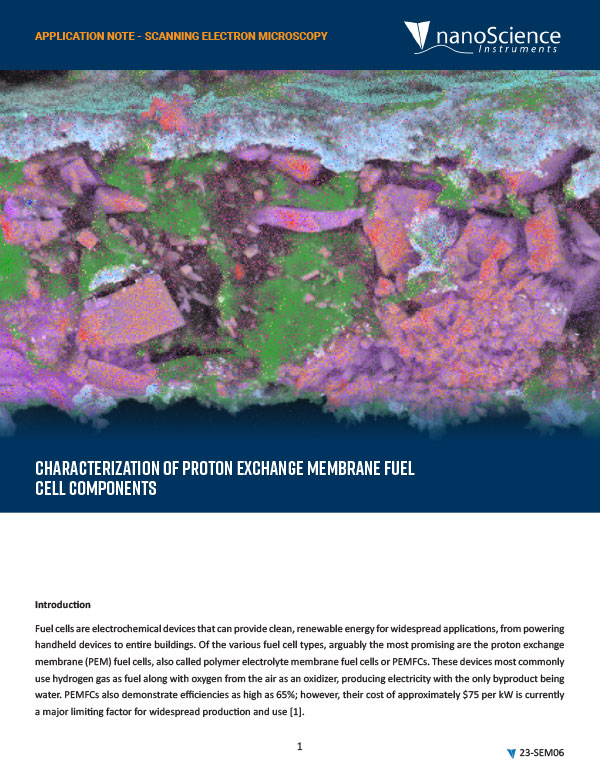Fuel cells are electrochemical devices that can provide clean, renewable energy for widespread applications, from powering handheld devices to entire buildings. Of the various fuel cell types, arguably the most promising are the proton exchange membrane (PEM) fuel cells, also called polymer electrolyte membrane fuel cells or PEMFCs. These devices most commonly use hydrogen gas as fuel along with oxygen from the air as an oxidizer, producing electricity with the only byproduct being water. PEMFCs also demonstrate efficiencies as high as 65%; however, their cost of approximately $75 per kW is currently a major limiting factor for widespread production and use [1].


